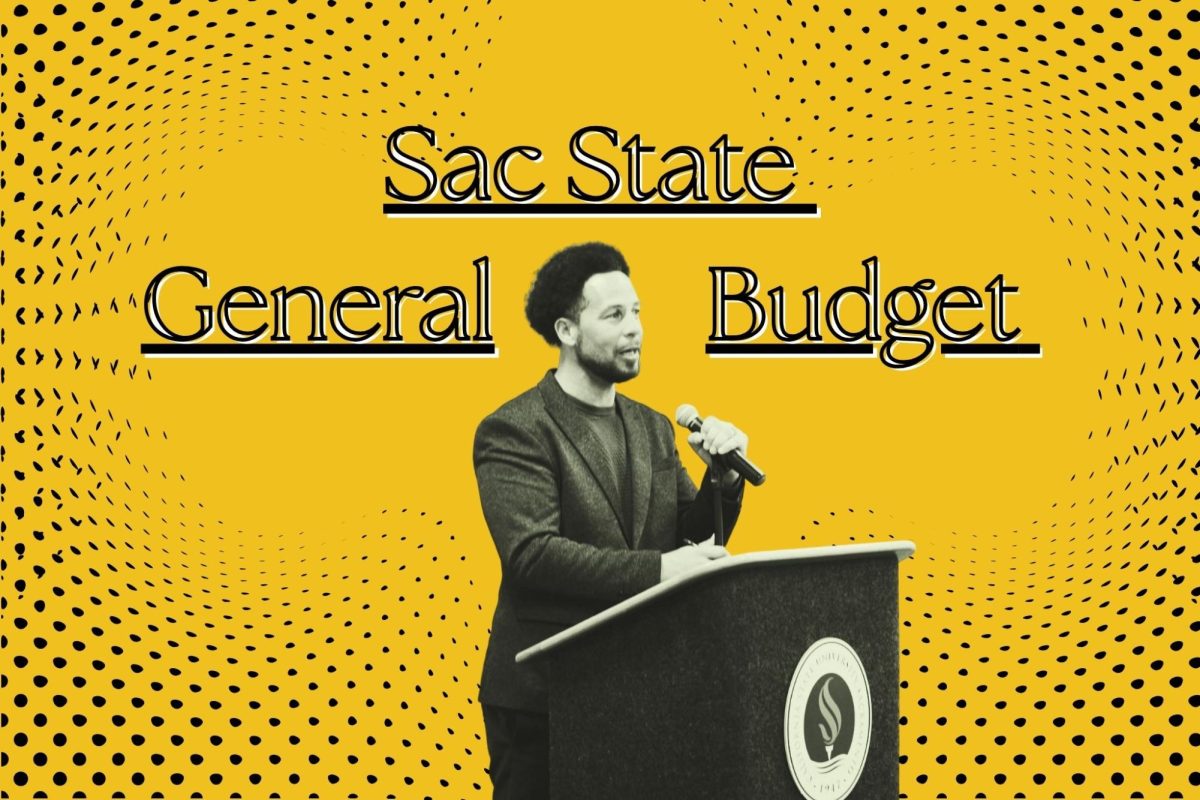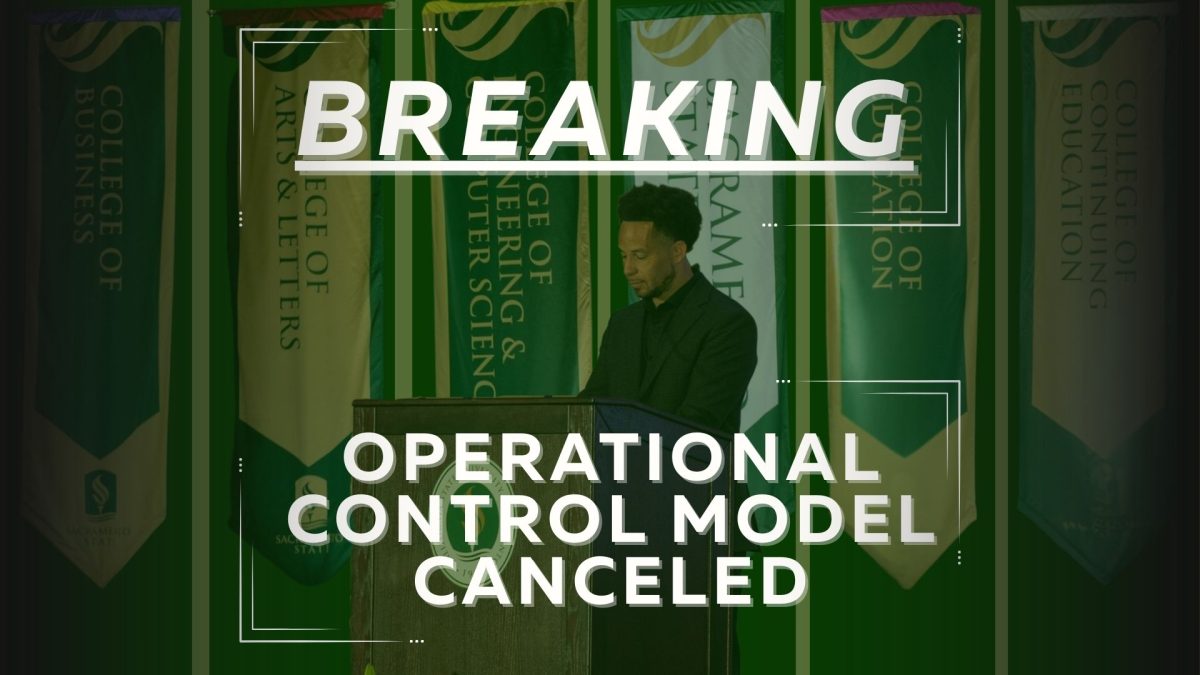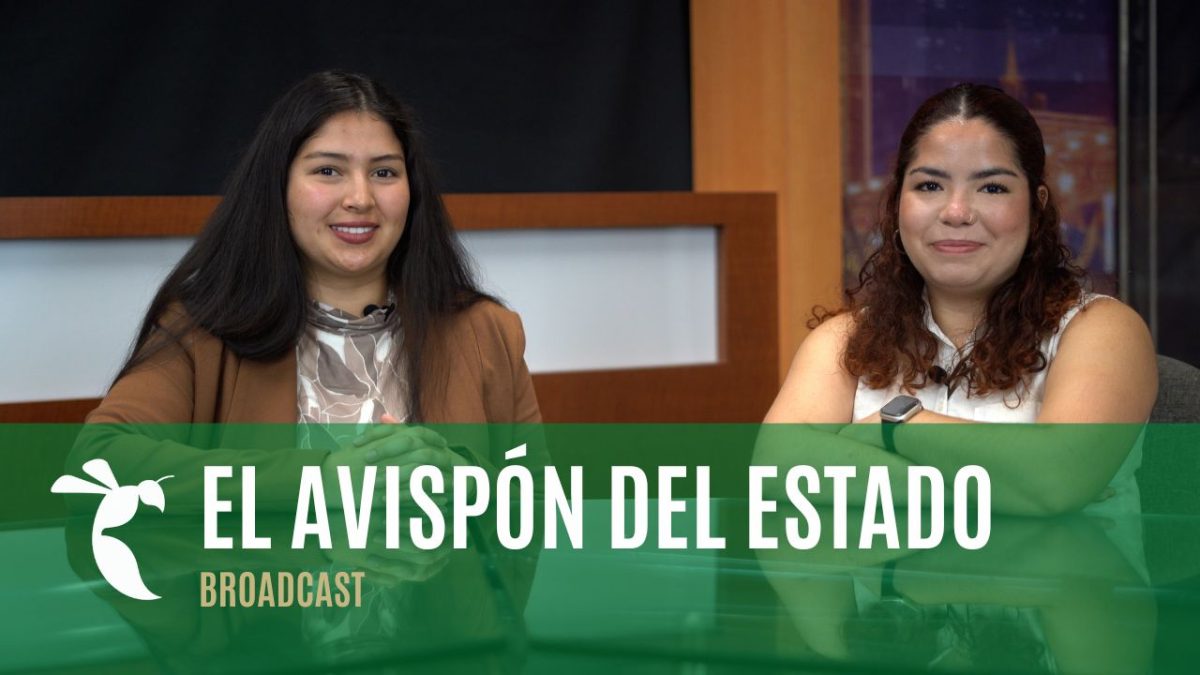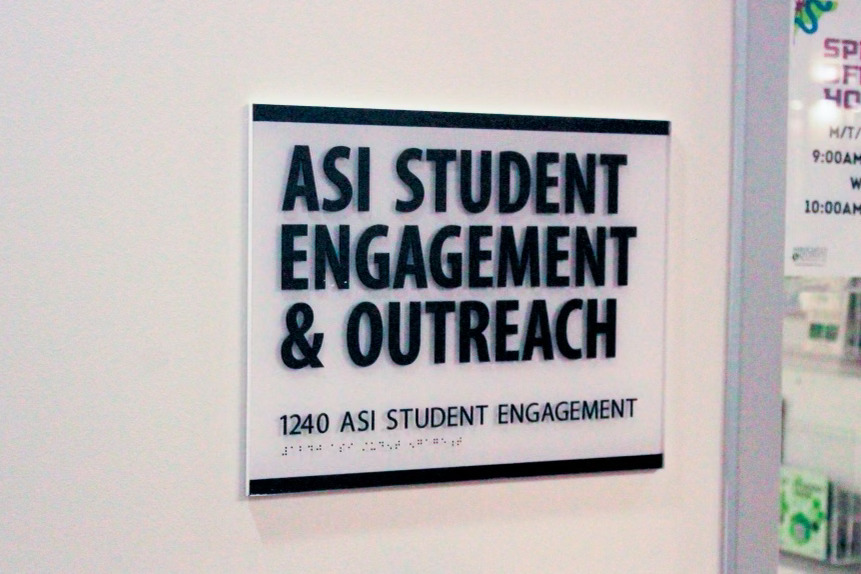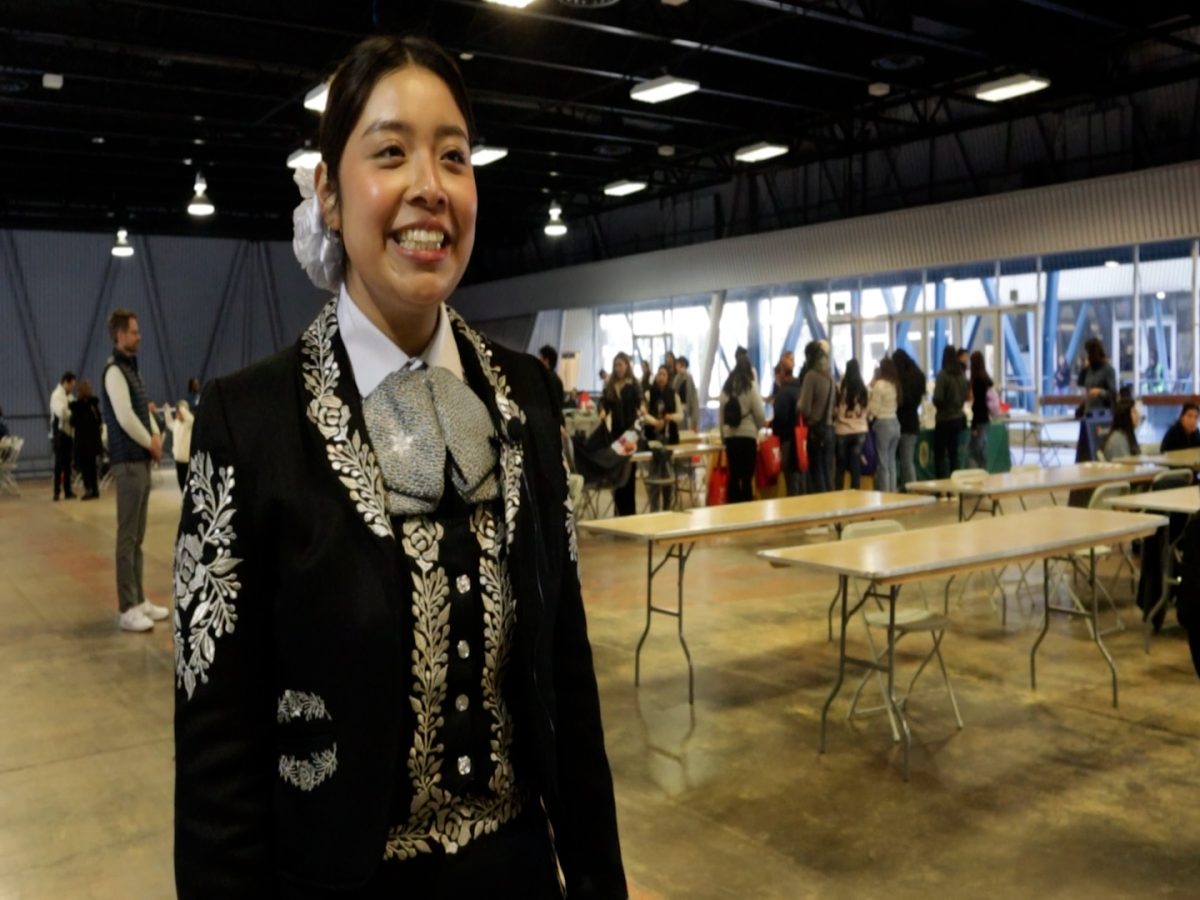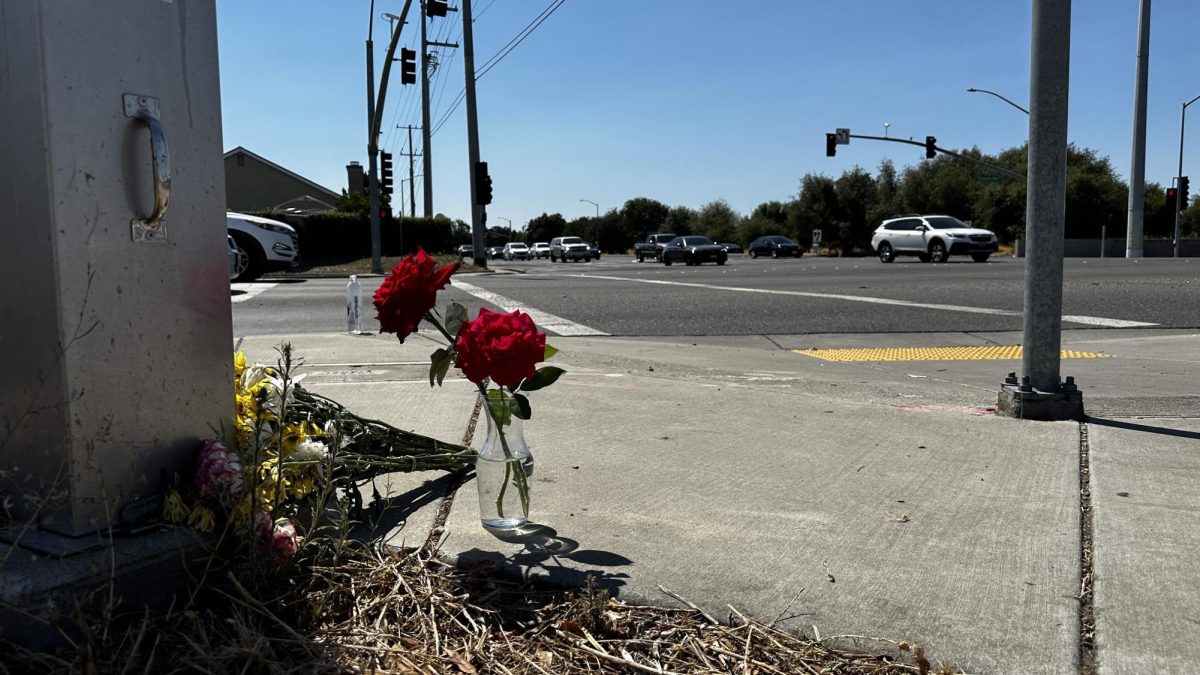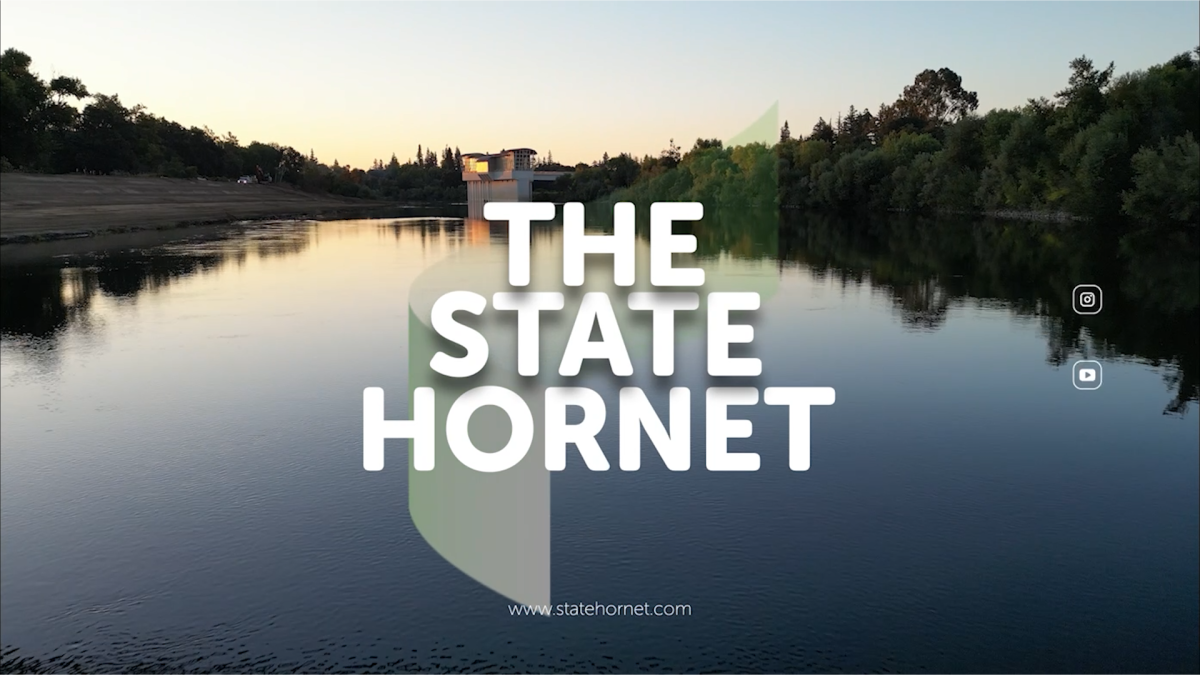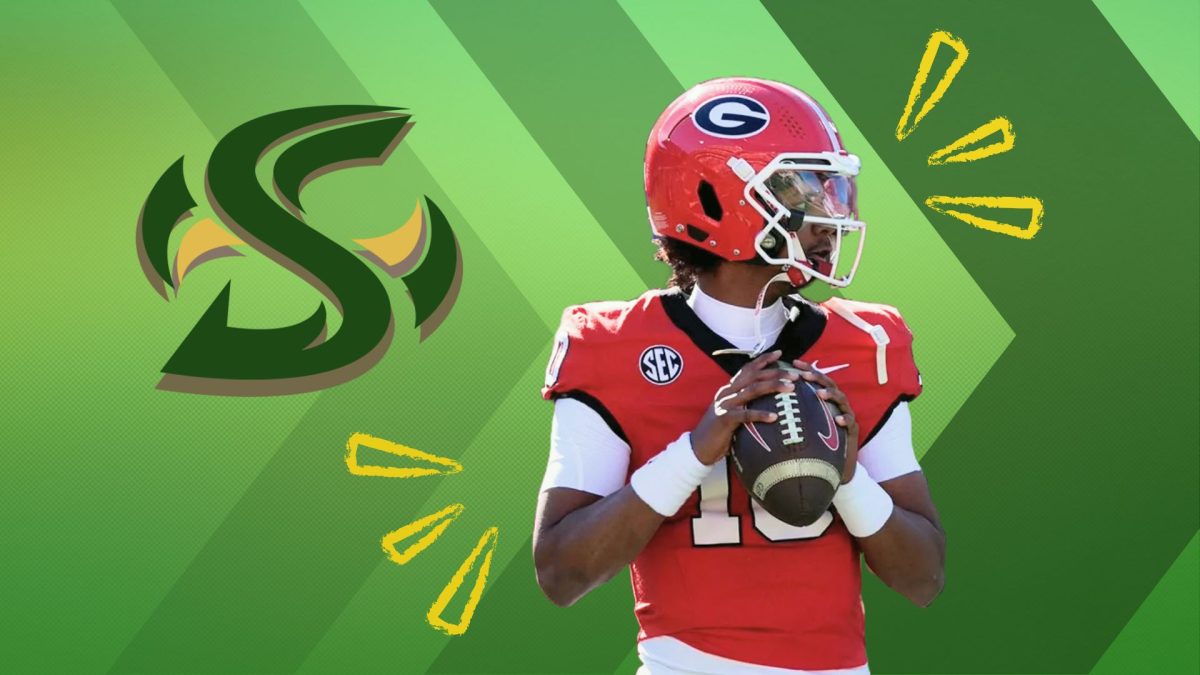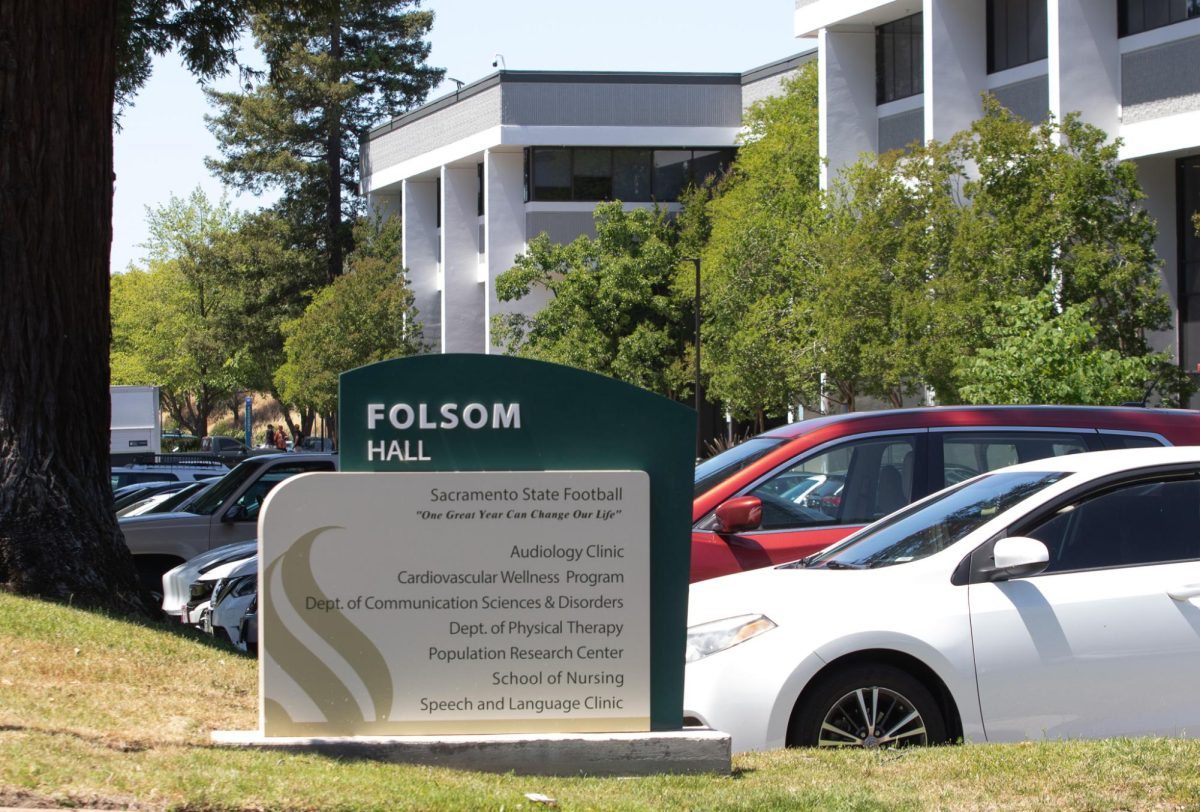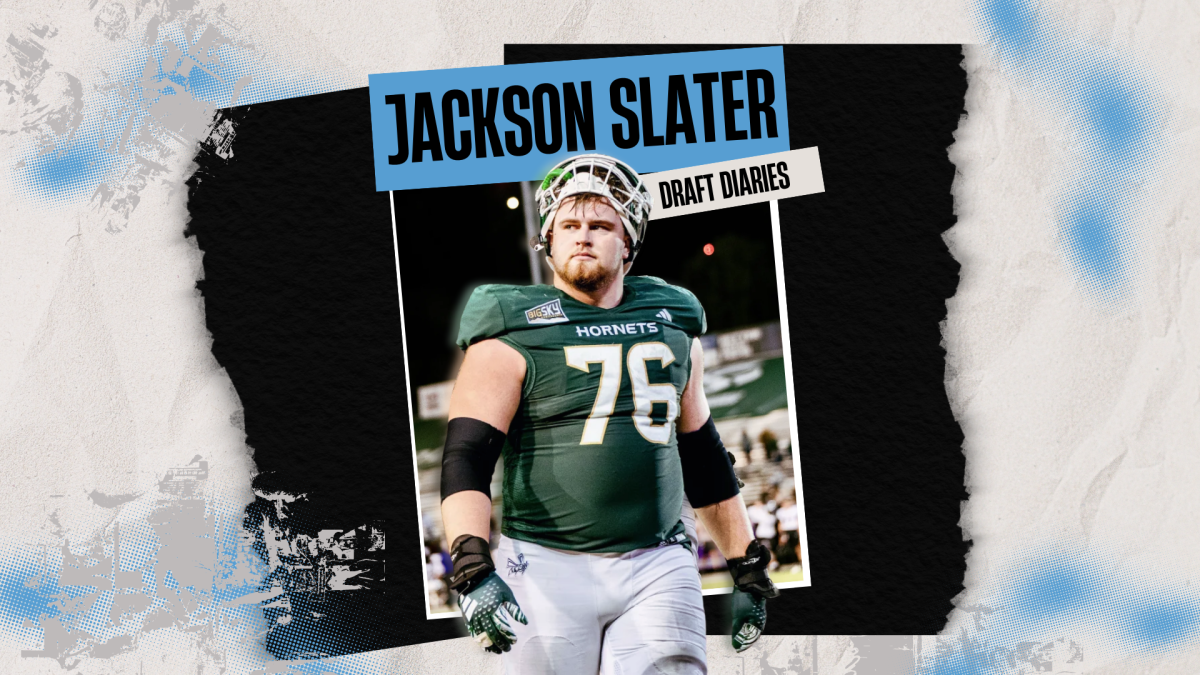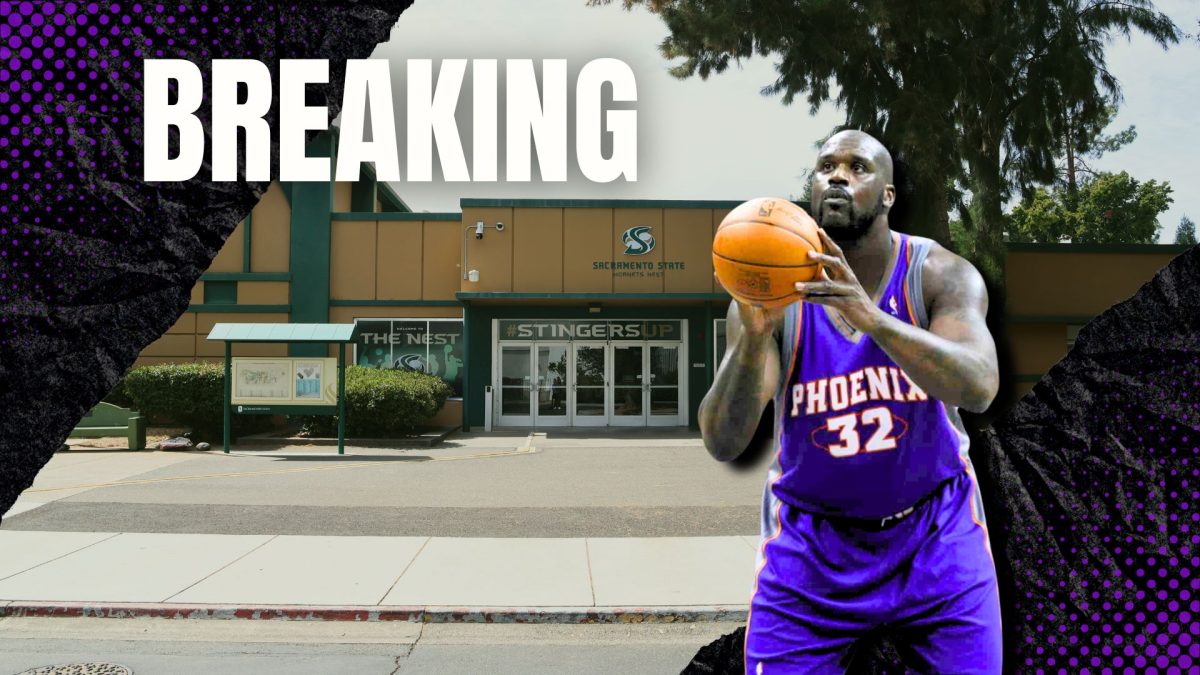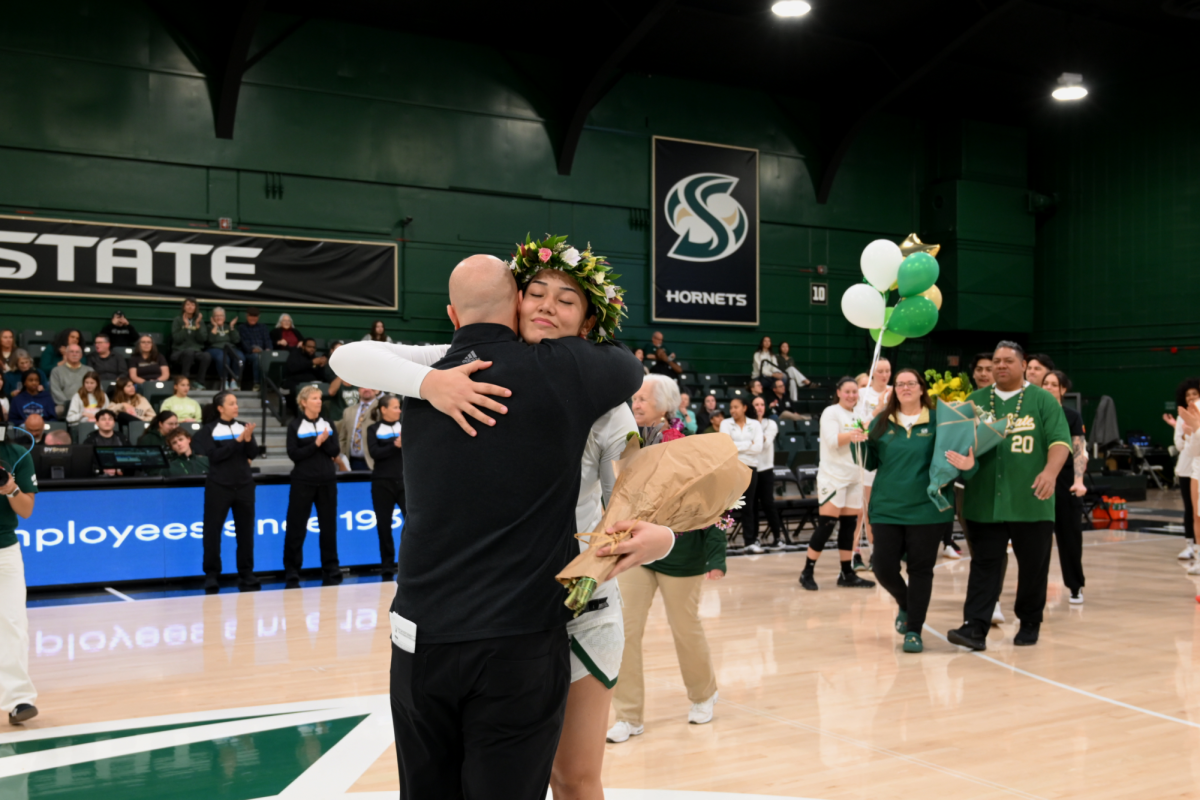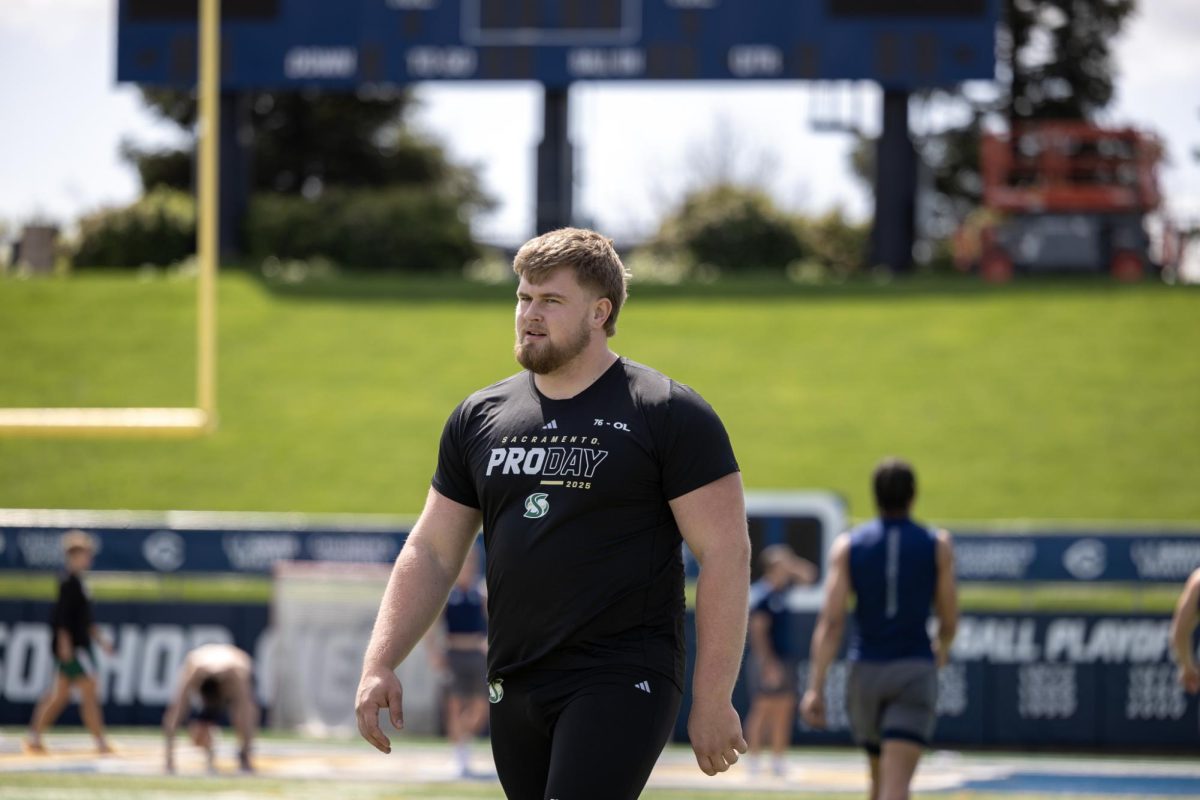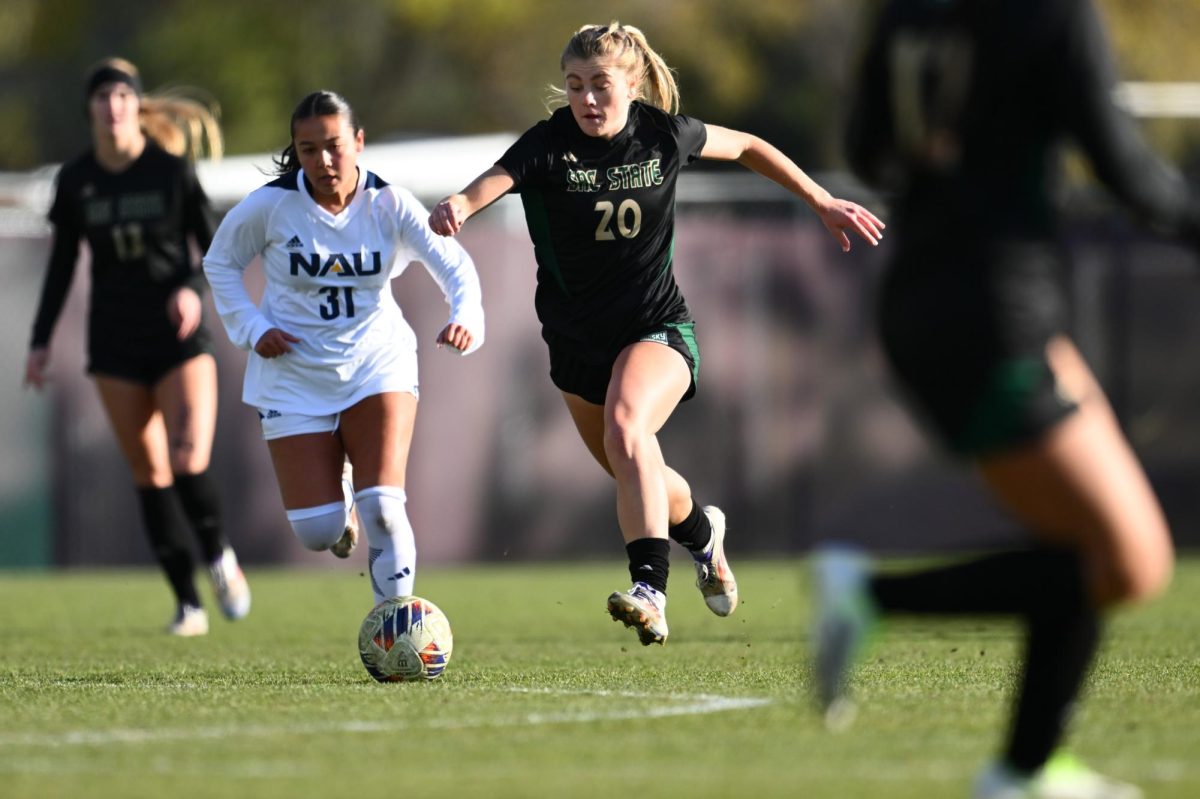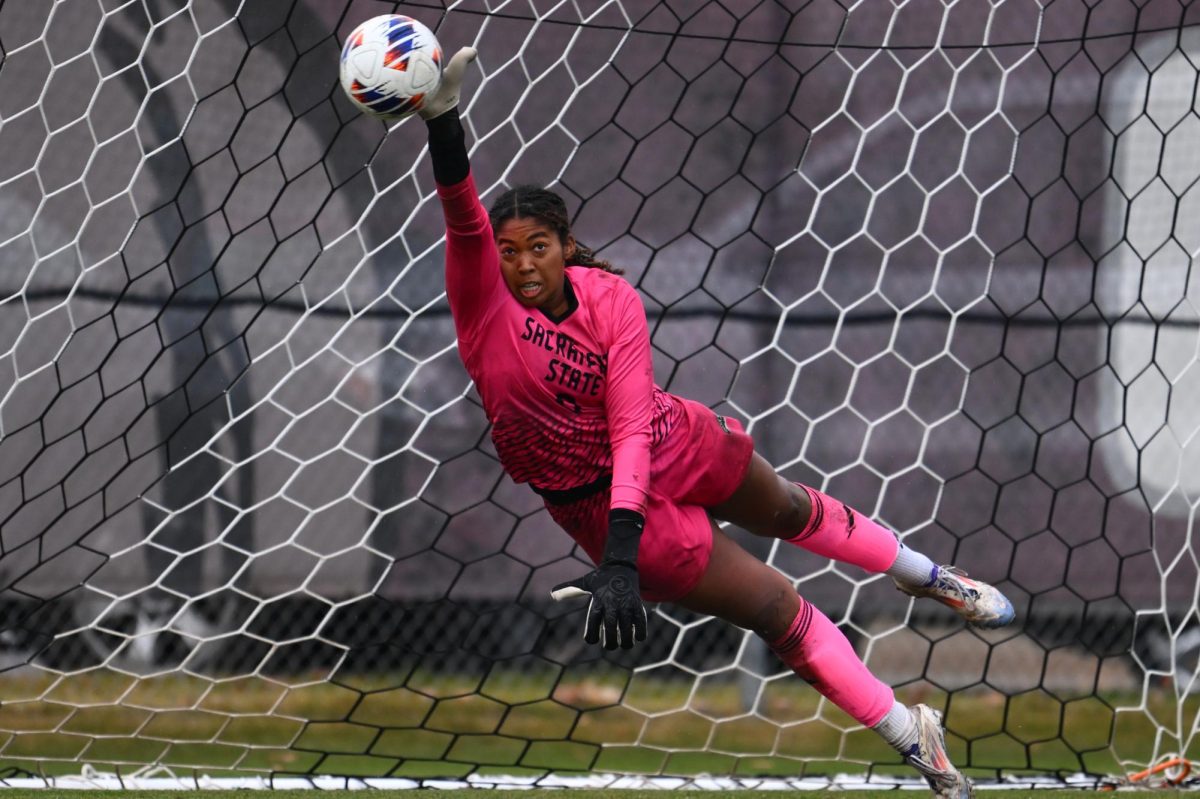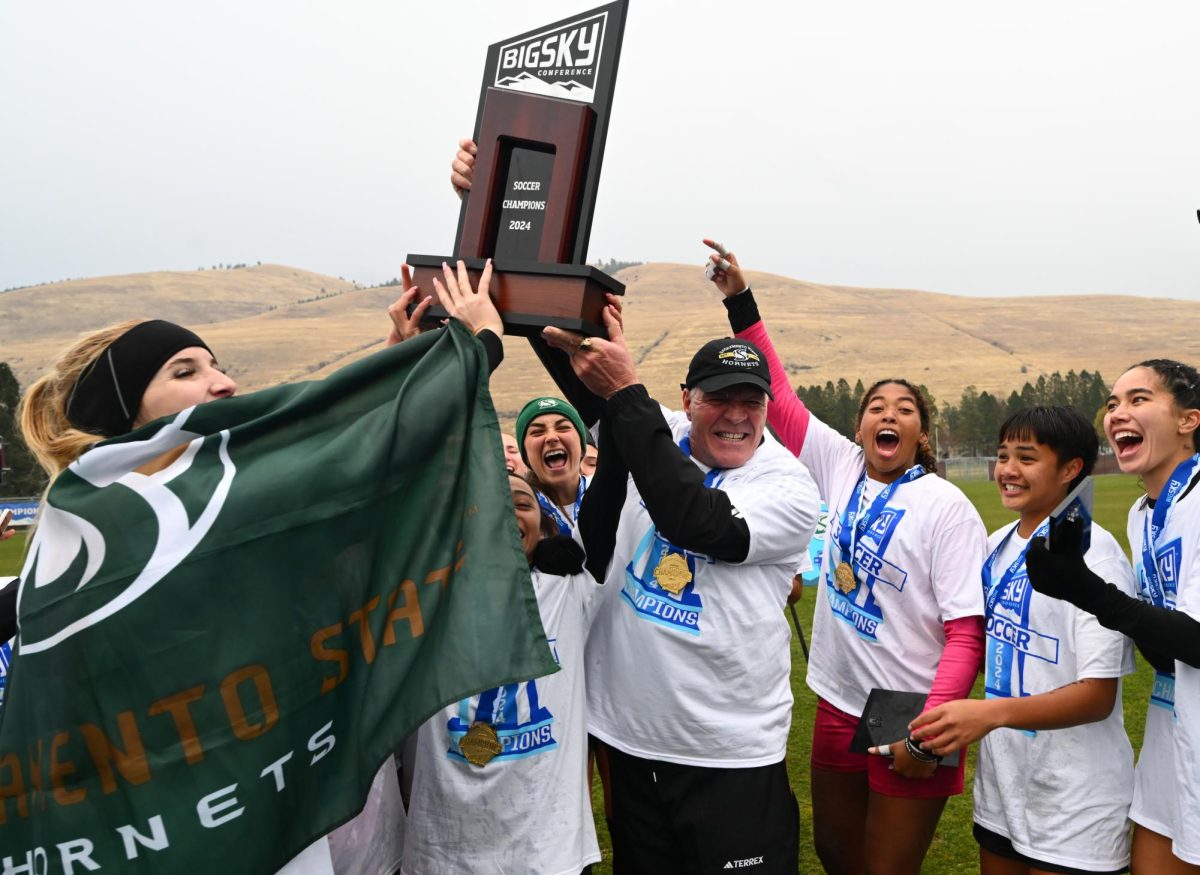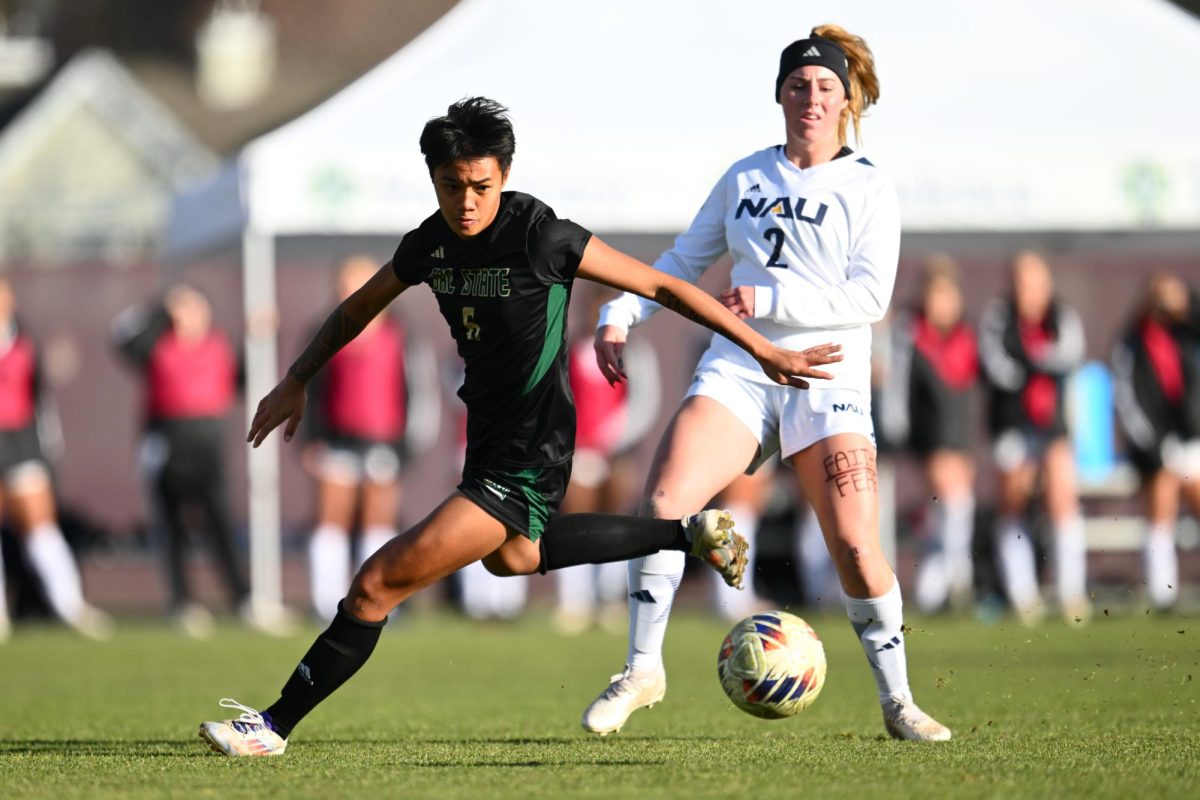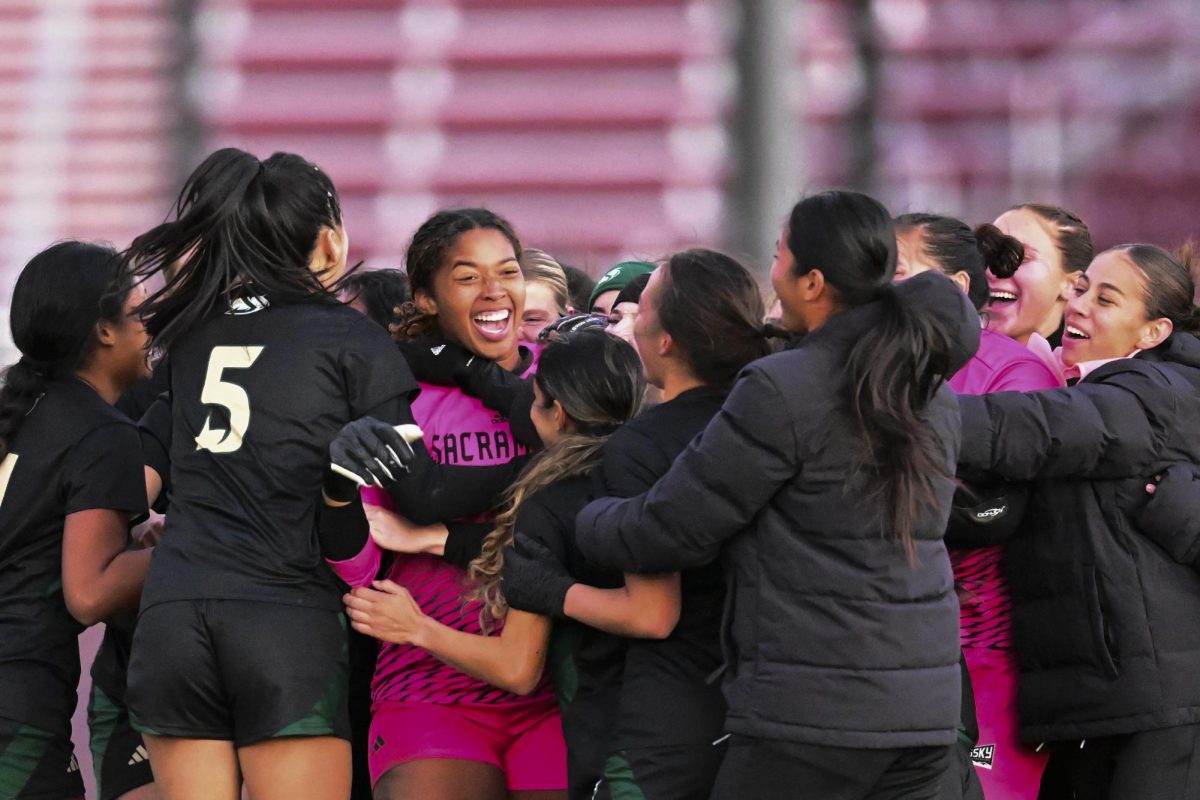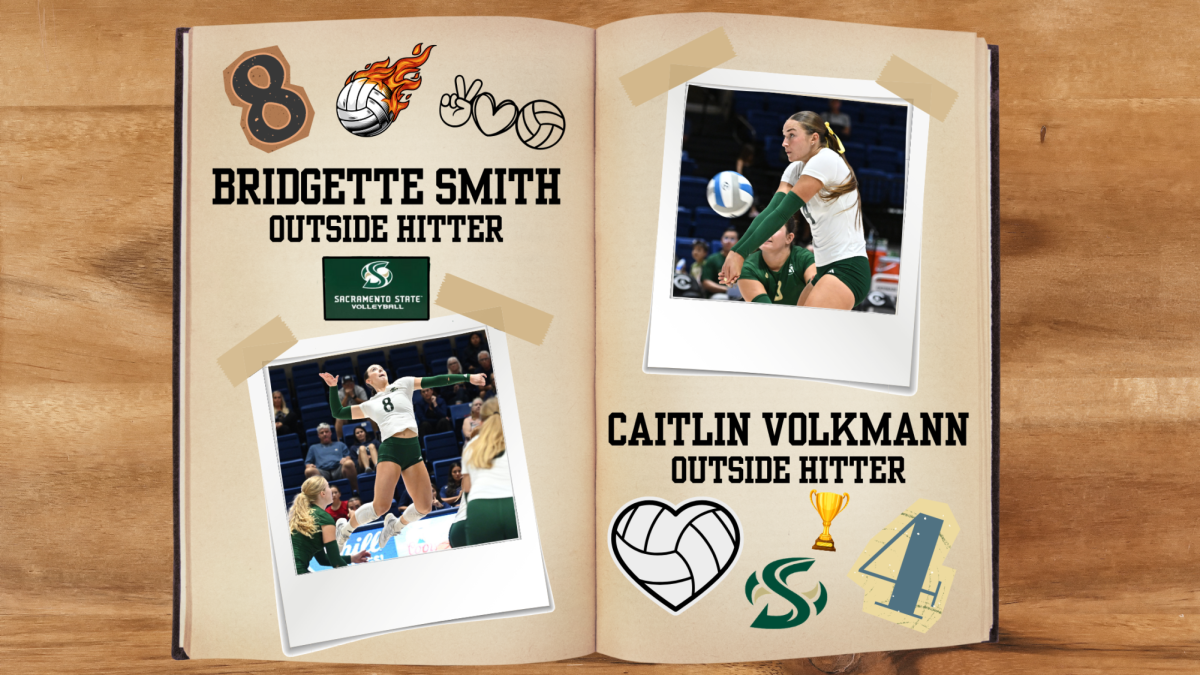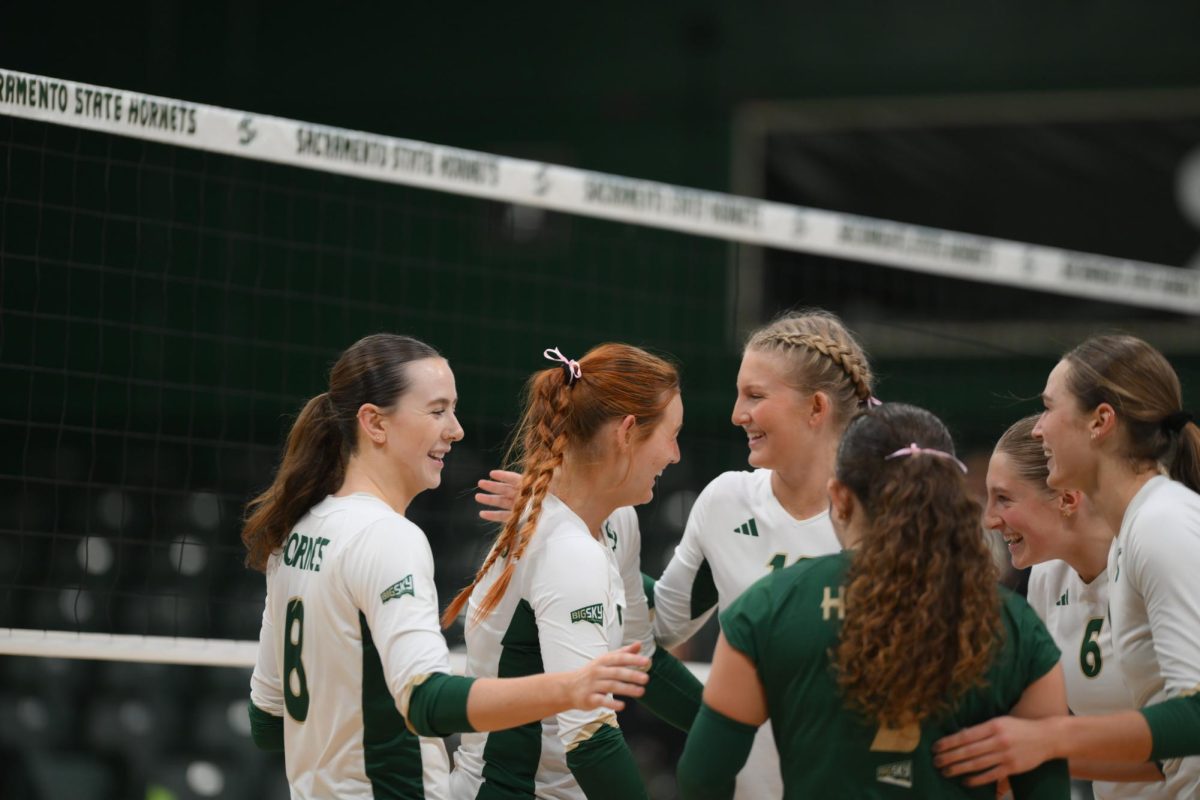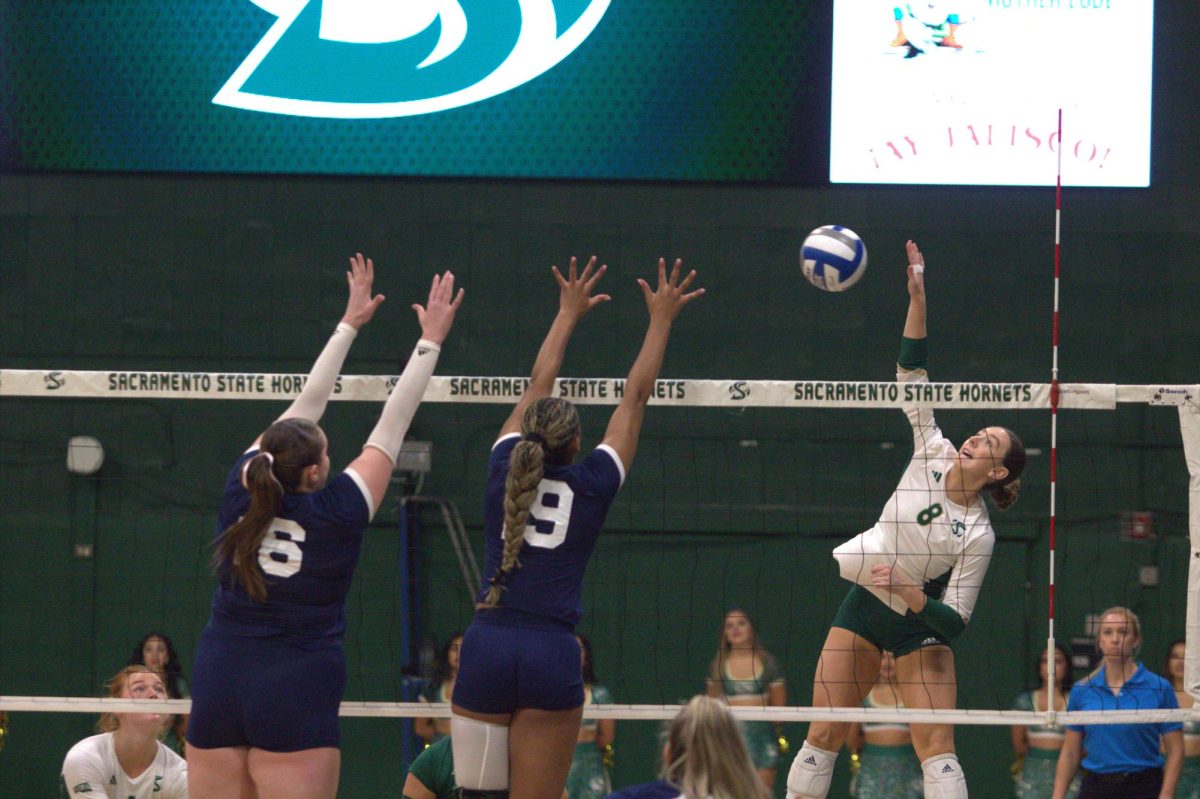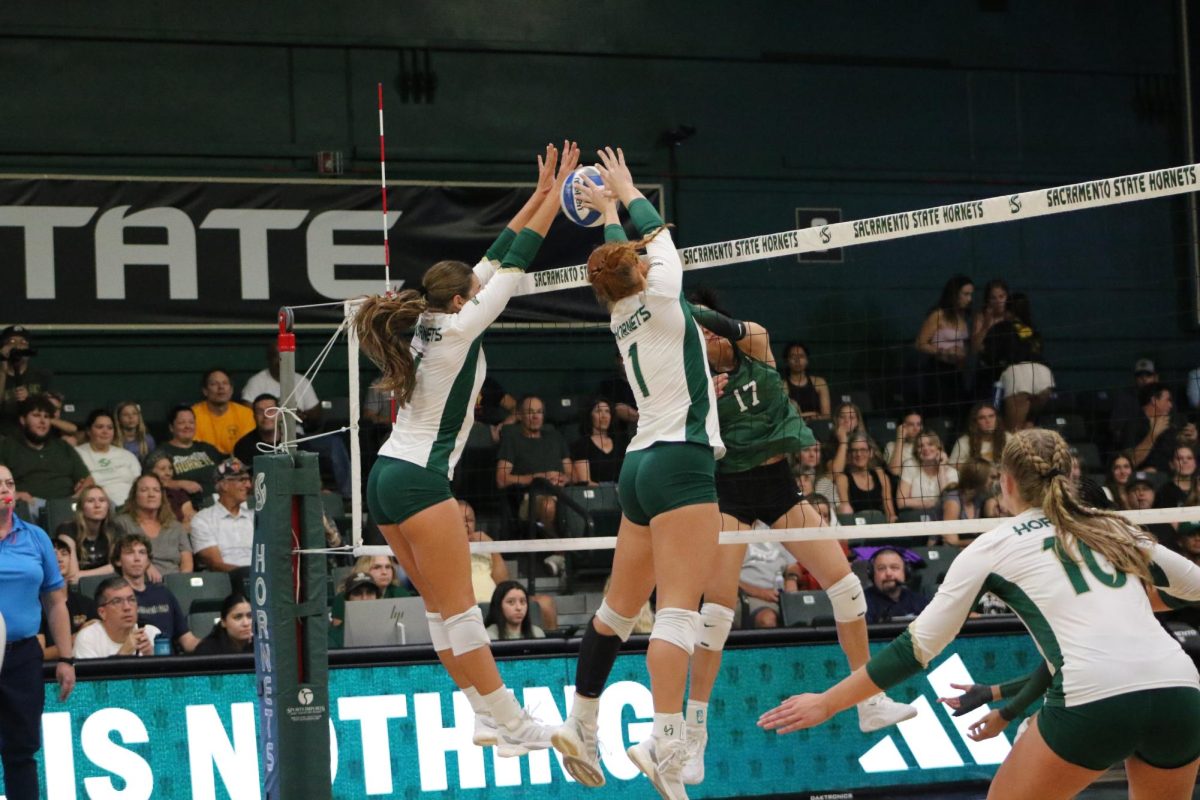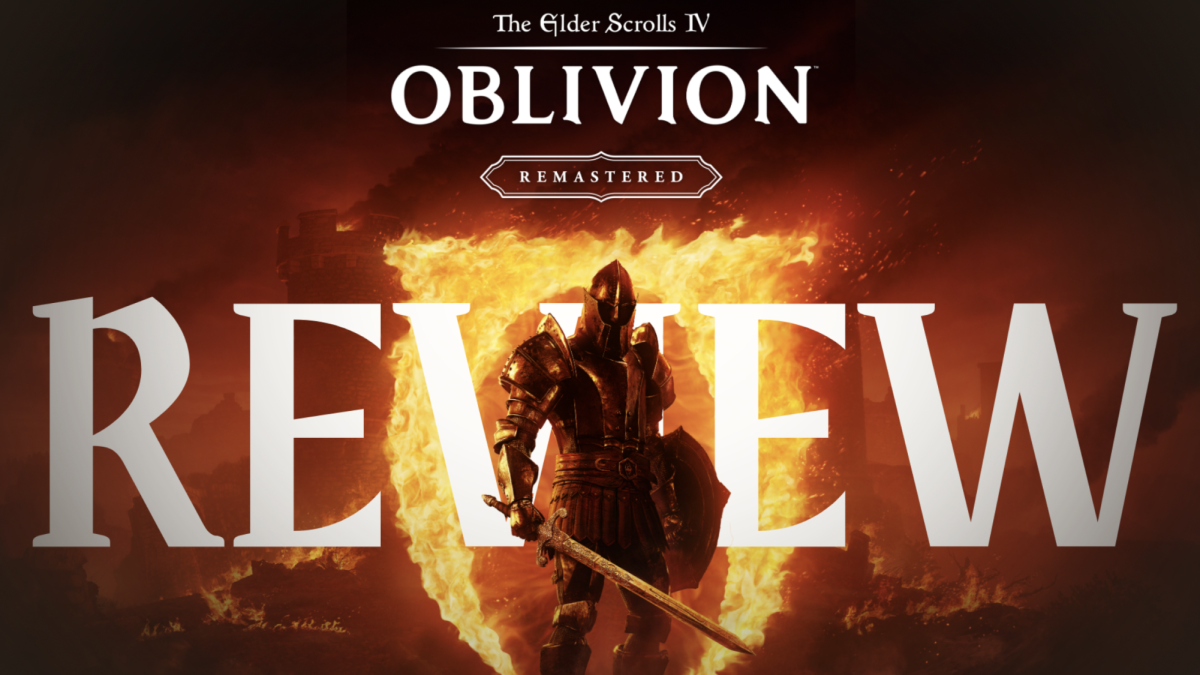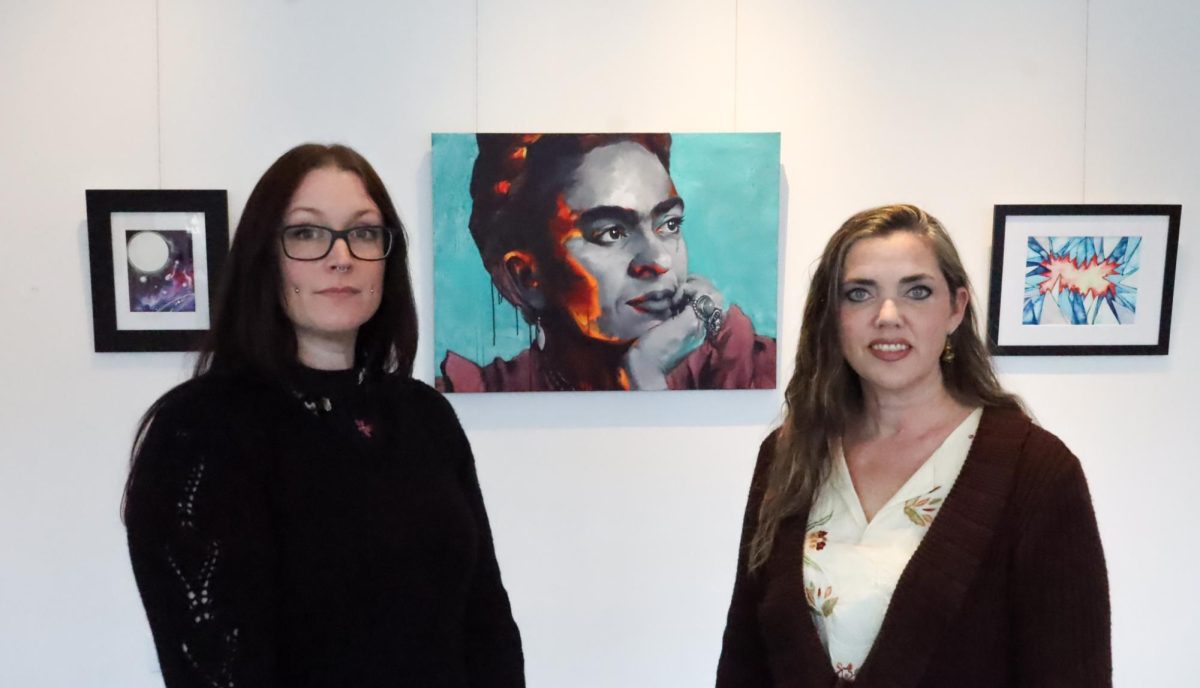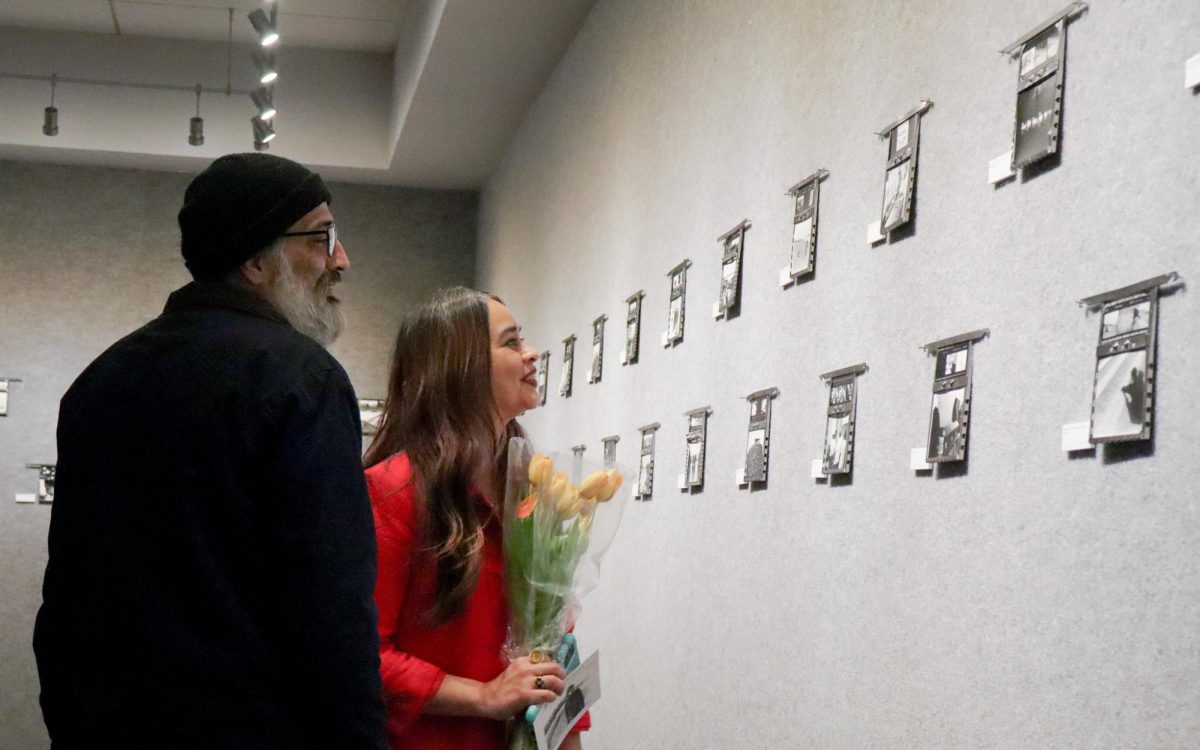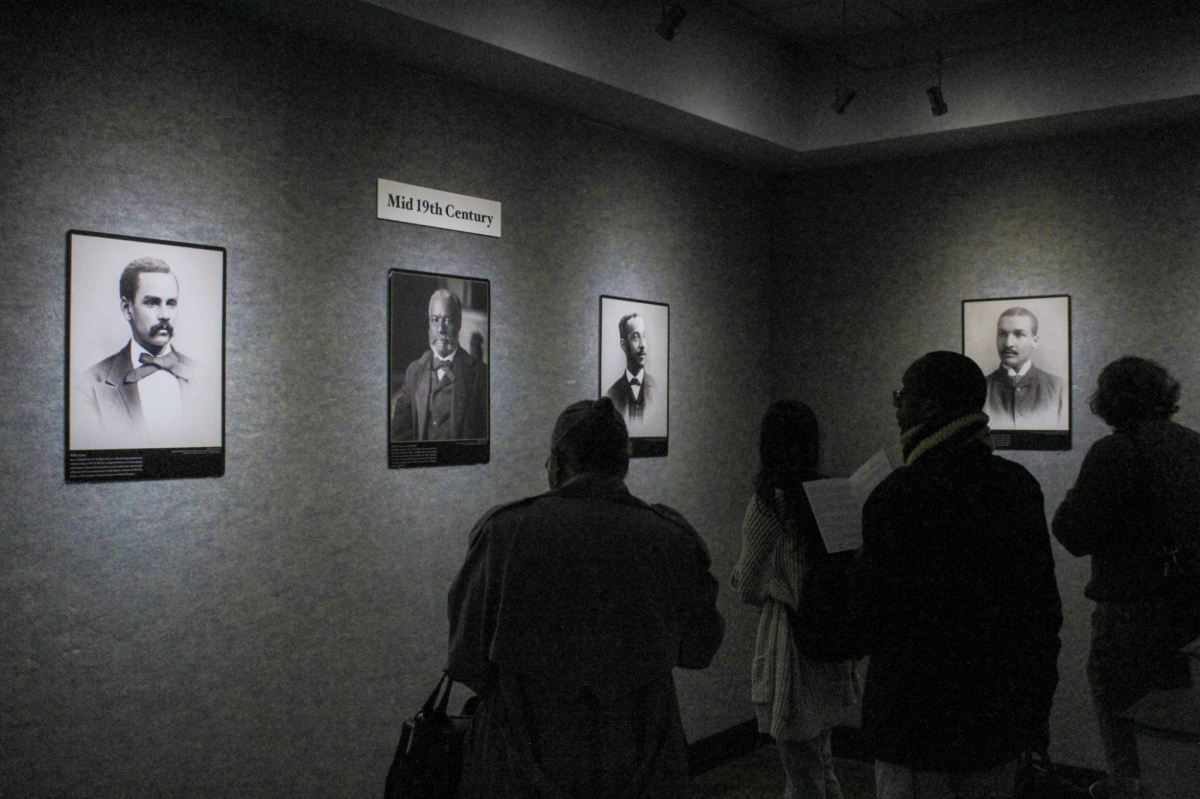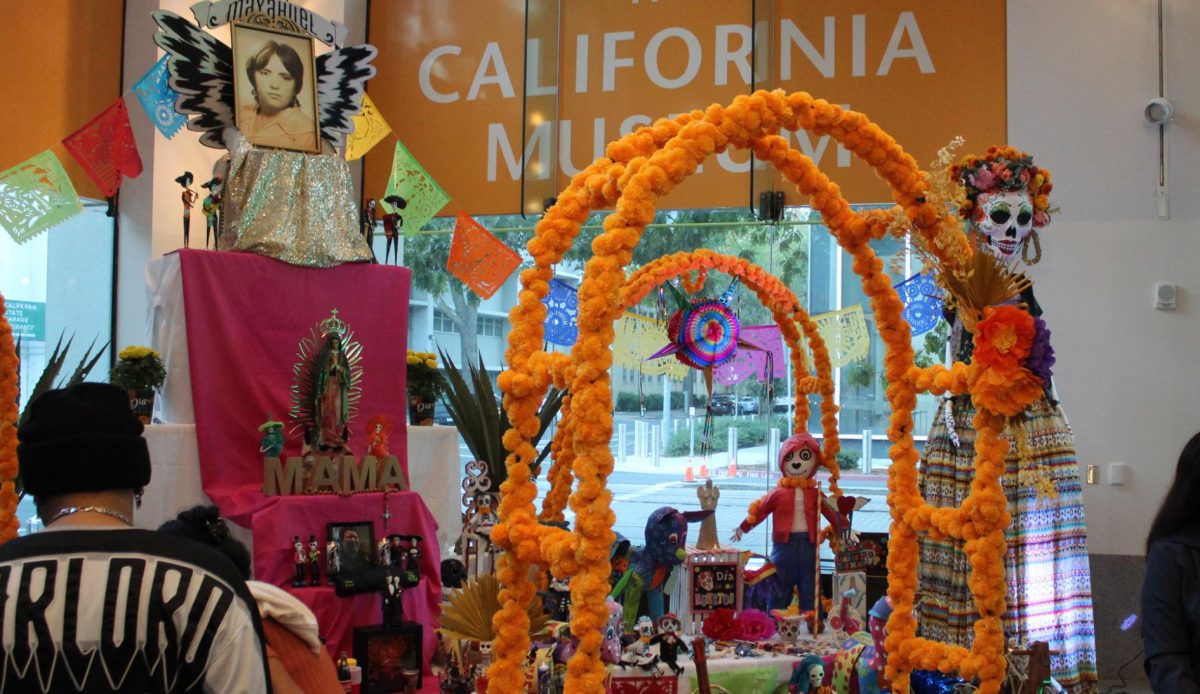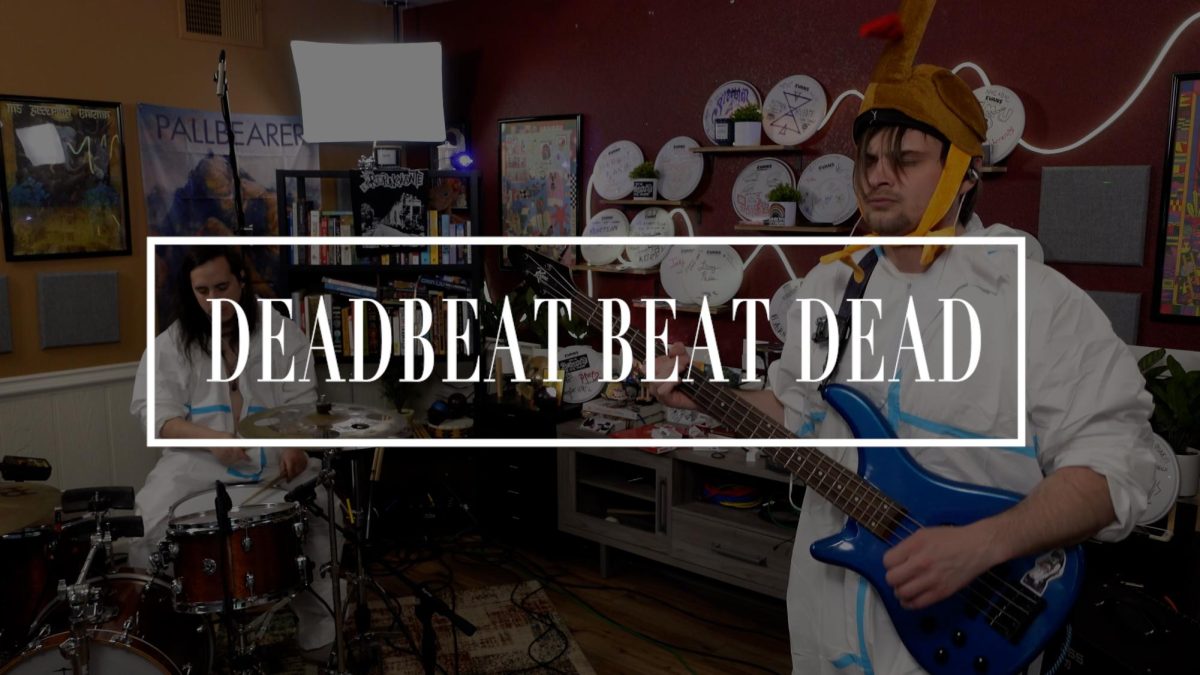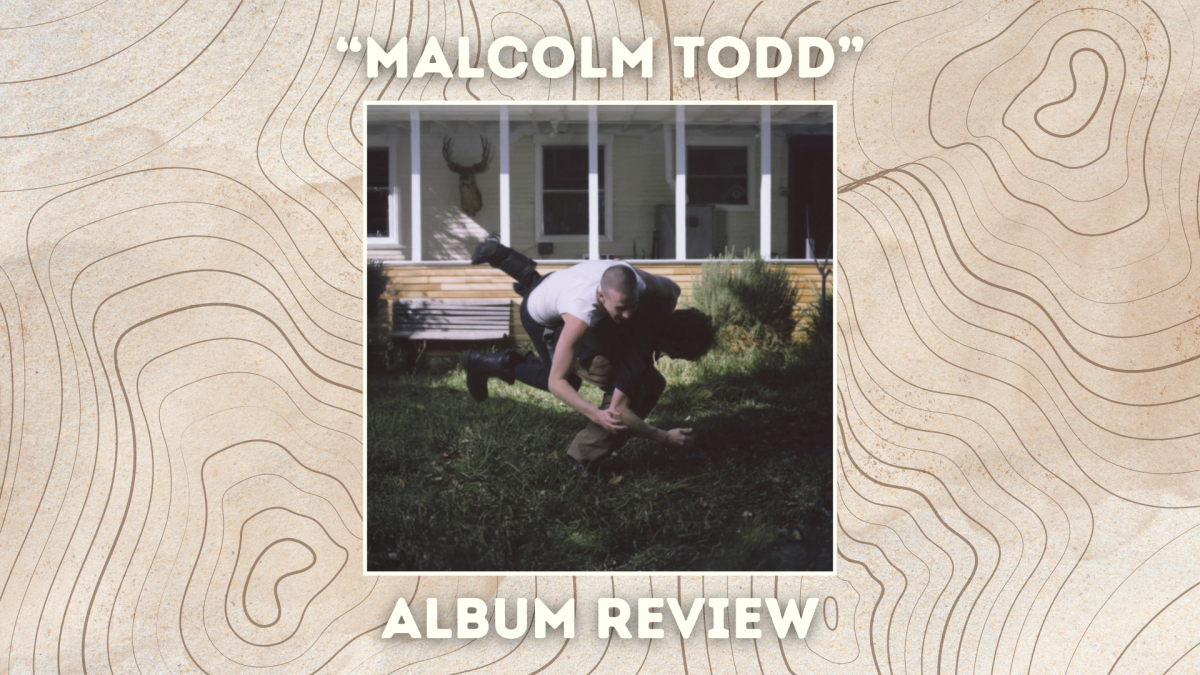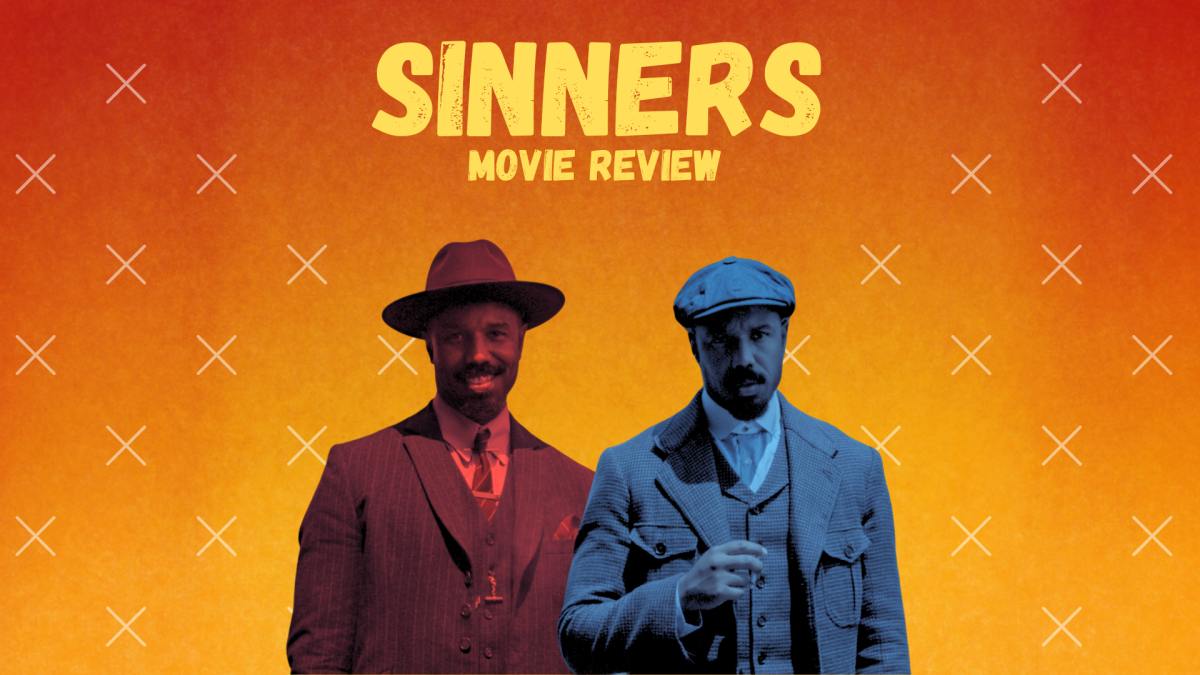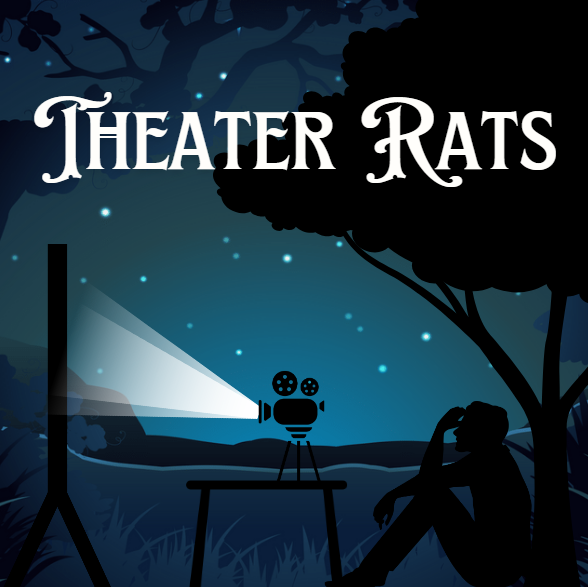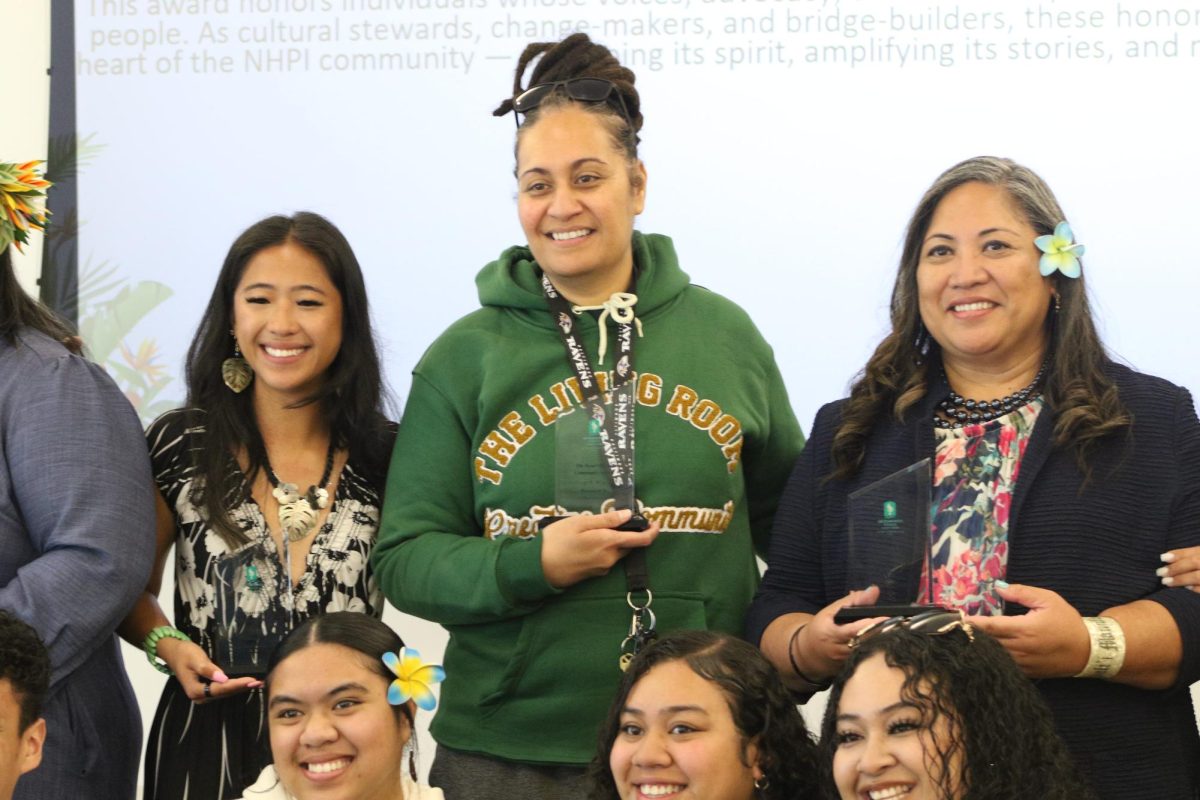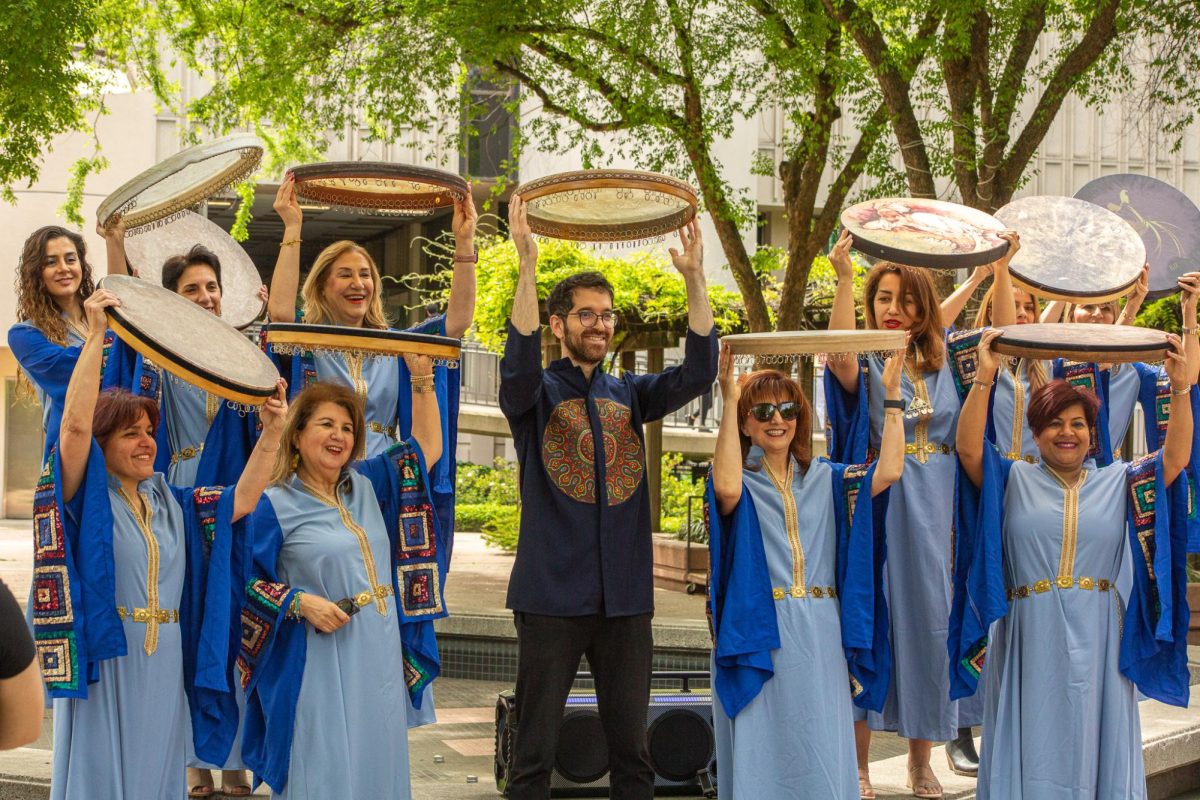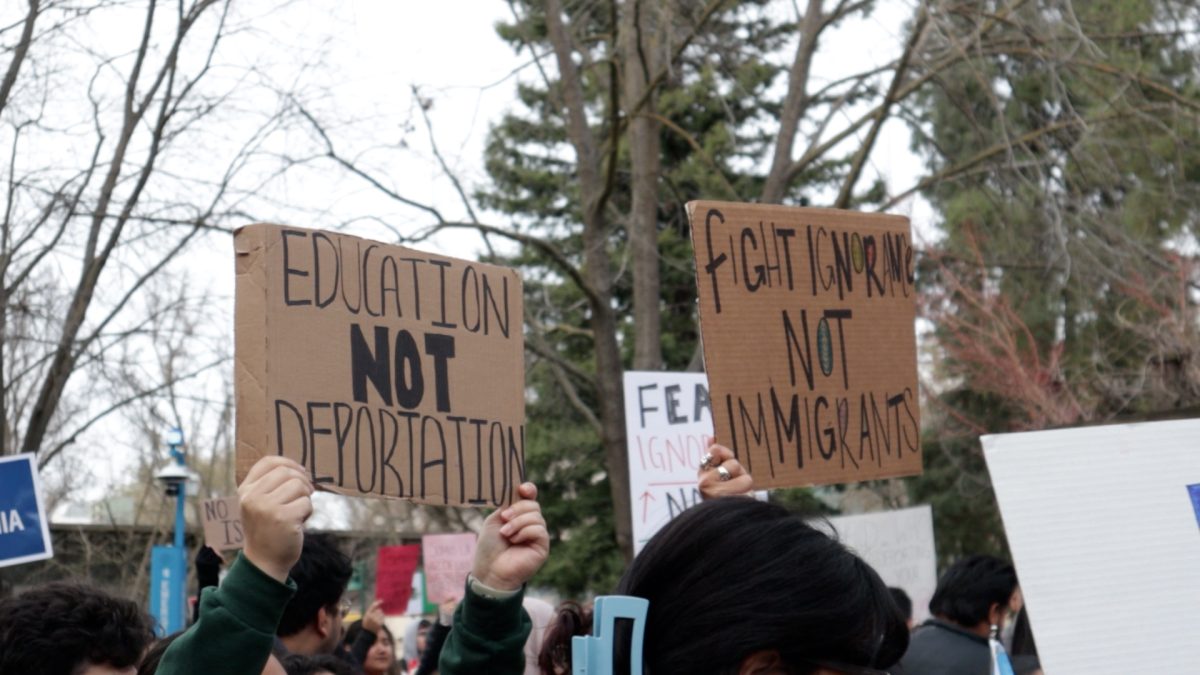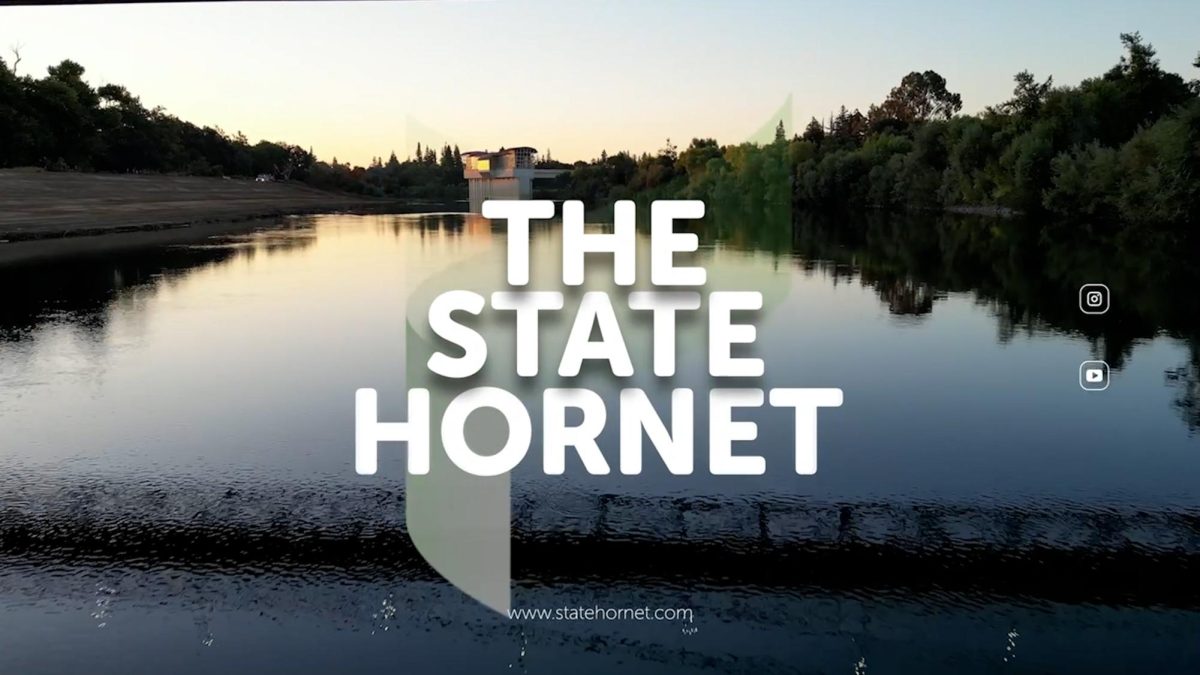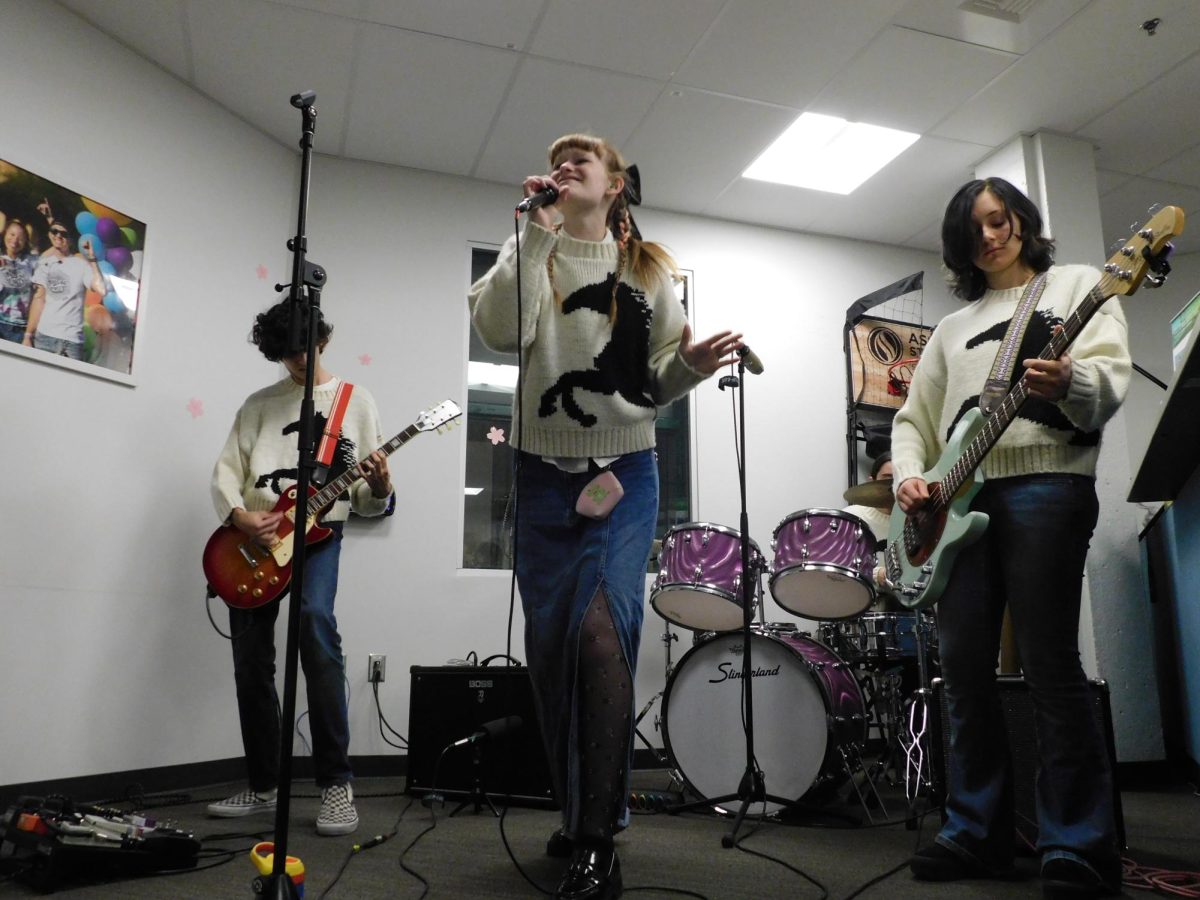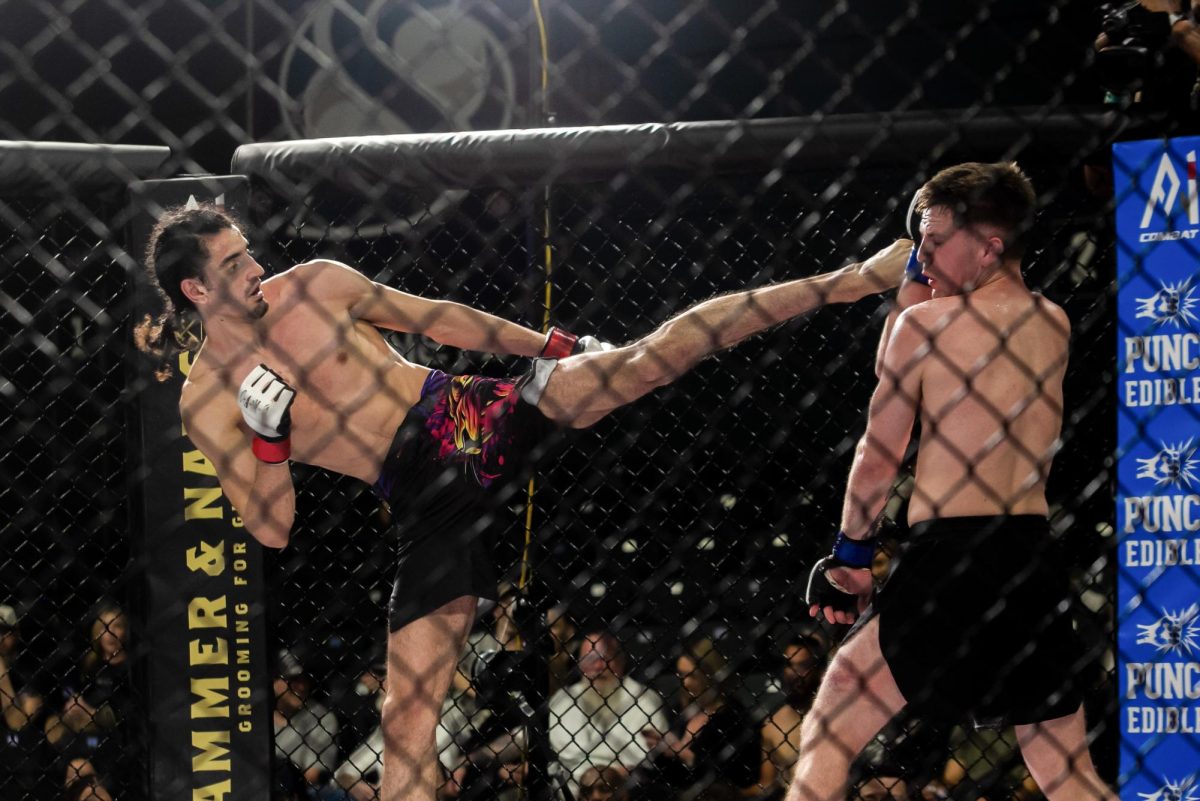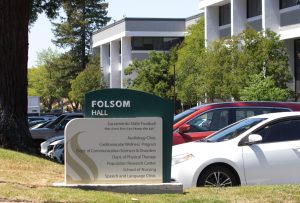The gap between conferences to expand in Division I sports
December 13, 2014
The NCAA Division I Power Five Conferences (ACC, Big 12, Big Ten, Pac-12, and SEC) will have autonomy over certain parts of the rule book, which can potentially change the course of college athletics and student- athletes altogether.
Steve Perez, professor of economics and faculty athletic representative for Sacramento State, said that there are some sections of the rule book in which the Power Five will be able to make their rules that will apply to those schools and conferences within Division I.
“Every other school and every other conference within Division I are then going to have the ability to either follow those rules or not,” Perez said. “The Power Five Conferences have done it to try to enhance student-athlete well-being to the extent that other schools are able to do those things and feel like it’s the right thing, they’ll be able to do that as well.”
The wealthier conferences and universities have been trying to give back to their student- athletes financially. This could potentially include anywhere between $2,000-$5,000 per each student-athlete per year, according to college football insider Joe Schad.
“There is a potential proposal to increase a full grant for the cost of attendance at each institution and the autonomy conferences have talked about that or are considering that,” Perez said. “We would have to consider it as a conference, with the Big Sky Conference, and determine whether we wanted to do that or not, and whether we were able to do that or not.”
Bill Macriss, interim athletics director for Sac State, said that when the student-athletes from the Power Five Conferences leave their institutions they will be more unprepared for life after college.
“Unfortunately, as the Power Five continues to build and to grow, it appears to me that it’s going to be more of a disconnect from the general student, and it’s going to be putting them in a situation that’s going to be an experience that’s quite a bit different than your general student,” Macriss said. “I’m not so sure that’s going to be great for keeping that connection to the general student body.”
Kimberly Mata, Sac State senior goalkeeper for women’s soccer and president of the student-athletic advisory committee, said that she does not like the fact that the NCAA has autonomy over certain rules and regulations.
Mata said there is a chance it will not only affect, but jeopardize the future of athletics at smaller universities.
“As a student-athlete at a lower Division I school, I feel it would hurt our programs because it would start to attract more people to go to the Power Five or higher division schools,” Mata said. “We feel that it will hurt our cause and eventually deplete sports teams
that have a lower income.” There is a potential for an even larger competitive imbalance as far as athletics from the Power Five and the smaller schools, if the smaller schools decide against paying their student-athletes. The smaller schools will have an opportunity to vote to do the same, however they are not required to do so.
“It would certainly increase the gap between budgets that are being allocated towards athletics from the larger schools and the smaller schools,” Perez said. “In fact on competitive balance and the affect on wins and losses we’ll see.”
When you’re a student-athlete at Sac State at times it feels like a full-time job with their intercollegiate athletics which includes their practice schedules, meetings, games, etc.
Athletics has prepared the student-athletes in terms of budgeting their time, leadership skills, and team dynamics, Macriss stated.
Sac State athletics is a different model from the larger schools like the Power Five Conferences. It is associated and geared towards an educational model.
“I think it’s important that as we’re making these decisions we’re always remembering we’re part of a larger system that’s really about educating young men and young women and providing them with an experience that’ll help to connect our alum’s, and the community to the university,” Macriss said.
“But we’re never going to be at that level like a Pac-12 school like an Oregon, like a USC, or an SEC school.”
In the Ed O’Bannon v. NCAA case, it involves former UCLA basketball player Ed O’Bannon, in which he filed a lawsuit against the NCAA. He stated that when former student-athletes leave their institutions [ex: graduation] should be financially compensated for uses and likenesses of their images.
The O’Bannon case has already been decided. The judge ruled against the NCAA in August and the NCAA is currently in the appeals process to get the ruling overturned. It is something that Macriss said he’s paying special attention to.
Macriss stated that if Sac State were to put a banner around the football stadium where it displayed some of the football student-athletes and was promoting the sport itself, this is something that he still is unsure about.
“Competing as a student- athlete is a privilege, you get a chance to come to a school, you get a chance to get either part or all of your school paid for, you get a chance to represent the institution and you get an education,” Macriss said. “There is a lot of value that goes into it.”
What the judge ruled in the O’Bannon case was that the NCAA and the conferences can pay anything up to the cost of attendance for sutdent-athletes, Macriss explained. This could leave a competitive disadvantage to schools like Sac State.



